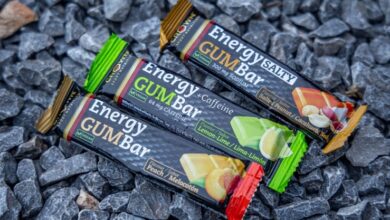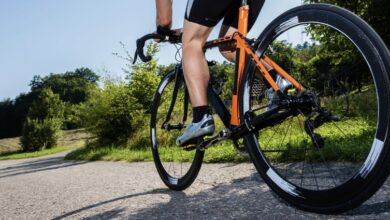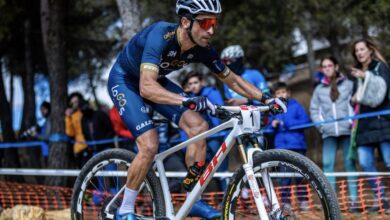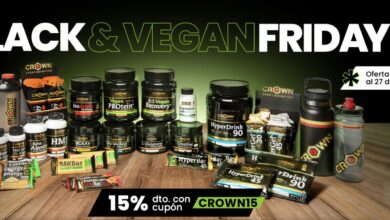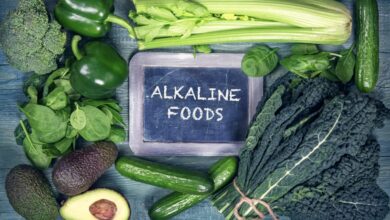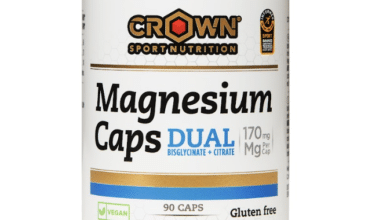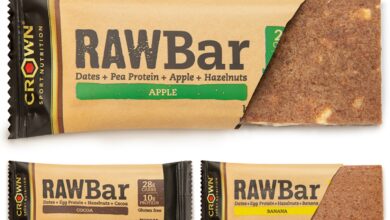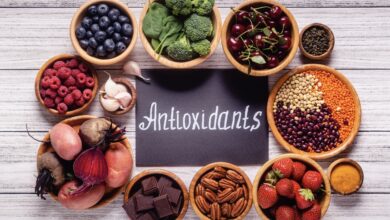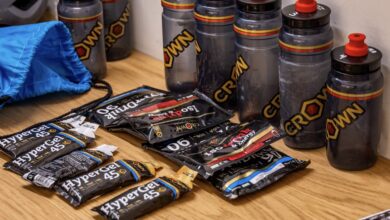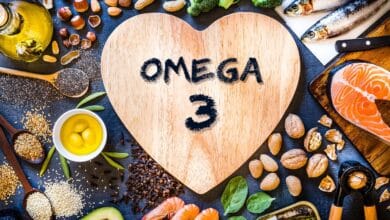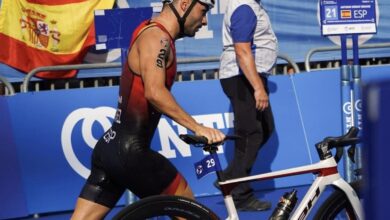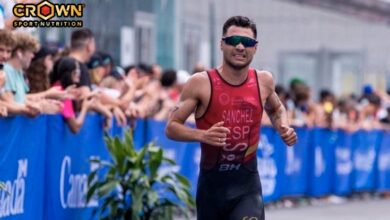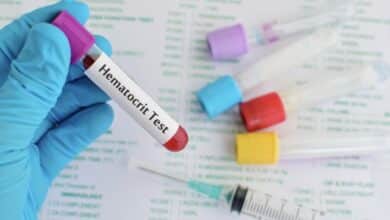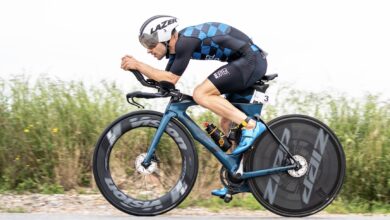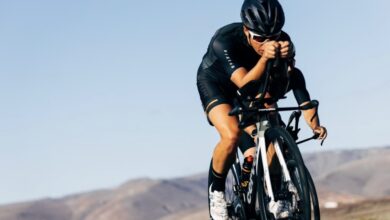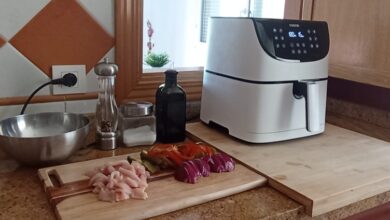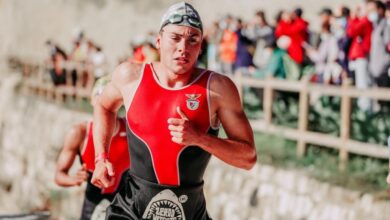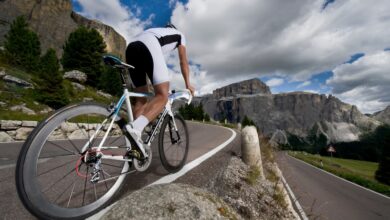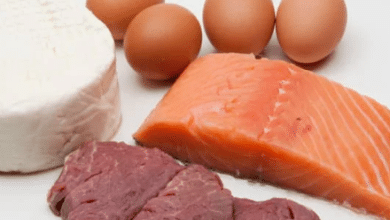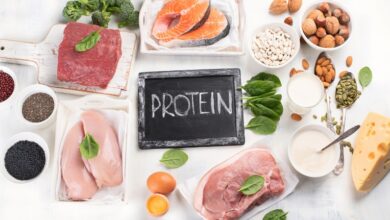Optimizing hydration in indoor training
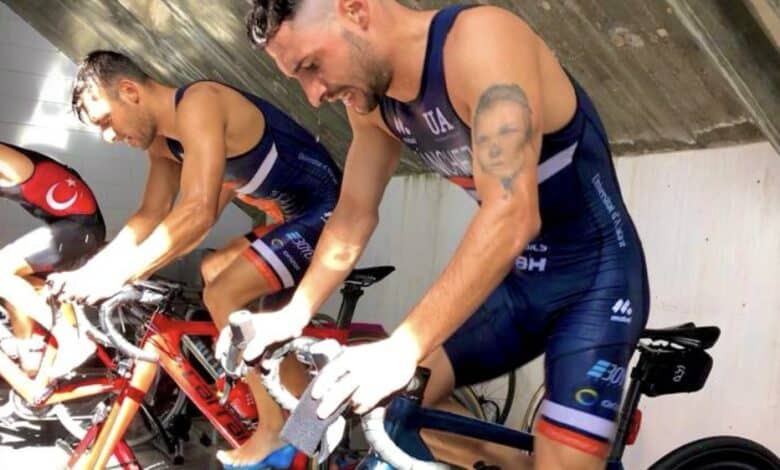
In the middle of winter, with below-zero temperatures and fewer hours of daylight, cyclists and runners face the challenge of maintaining their training in optimal conditions.
In indoor conditions, where weather conditions do not favor sweat evaporation, hydration becomes crucial. Crown Sport Nutrition has prepared an article highlighting the key recommendations to optimize hydration before, during and after indoor training.
One of the factors that change the most with respect to the outdoors is the variation in thermoregulation, since the human being is inefficient, per se, in the ability to dissipate heat and it is even more so if the training is indoor, being the increased core temperature one of the biggest limiting factors of physical exercise.
This causes, for example, among others, a increased cardiac output which translates into greater glucose consumption and all of this, in turn, is produced by a loss of adequate hydration (euhydration).
This is a main consequence of indoor training, as sweat evaporation is reduced due to the lack of moving air (convection).
Before exercise
Prior to exercise, to face an intense indoor training session (roller, tape, concurrent, etc.) in the best conditions. slight hyperhydration is recommended, with this we will ensure adequate thermoregulation, for this it is recommended to drink between 7 – 10 ml/kg body weight of a sports drink (carbohydrates + mineral salts) the hours before exercise.
Thus, for example, a person weighing 70 kg would have to drink between 490 and 700 ml, that is, at least a 500 ml bottle.
The recommendation to use a sports drink containing mineral salts (mainly Sodium) and not just water, it is due to the need to use osmotic agents that retain the ingested liquid, thus optimizing hydration.
It could be used as an alternative to a sports drink, the combination of water with mineral salt tablets high in Sodium.
During the training
Once the training has started, during the session, we have to ensure a intake higher than what would be necessary for training outside, hence the recommended intake of between 700 and 900 ml for each hour that the session lasts.
The ideal is to do it with sport drinks that contain different types of carbohydrates, a source of Glucose (glucose itself, maltodextrin, sucrose, etc.) and a source of Fructose (fructose itself, sucrose, etc.).
This recommendation goes beyond the improvement in the transport of carbohydrates in the intestine and an increase in gastric emptying, it is because this produces an increase in the net absorption of water.
To achieve this, we must ingest 700 – 900 ml/h of a sports drink that provides us with between 30 and 45 g of carbohydrates per 500 ml and a sodium content of between 300 and 350 mg in those 500 ml would be sufficient.
If the drink does not provide this amount of Sodium, we can supplement it with a mineral salt pill.
As to intake rate, we can follow the classic recommendations, that is, drink frequently at intervals of 15 – 20 minutes.
And, since we are indoors, if we can control the temperature of the drink, even better, being a temperature between 8 and 12ºC recommended to improve assimilation and influence thermoregulation.
after exercise
After exercise, the recovery phase begins and as far as fluids are concerned (Rehydration), it is recommended to ingest 150% of the weight lost during training, that is, if you have lost 1 kg, you should ingest 1,5 .XNUMX L.
And as we mentioned at the beginning, the intake of water alone is not worth it, it must be accompanied by carbohydrates (with different intestinal transporters) and a minimum amount of Sodium (500 mg/L).
For more information, visit our website: www.crownsportnutrition.com
There are no previous results.







